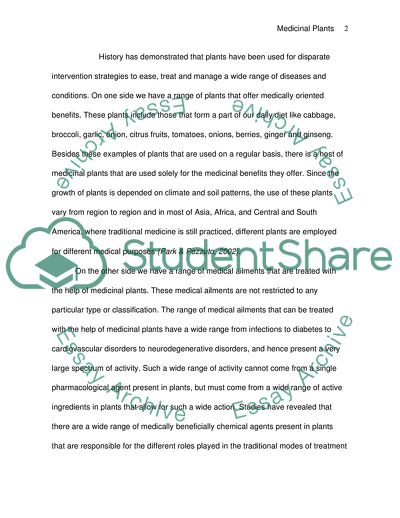Cite this document
(Medicinal Plants for Cancer Treatment Research Paper, n.d.)
Medicinal Plants for Cancer Treatment Research Paper. https://studentshare.org/health-sciences-medicine/1712967-medicinal-plants-for-cancer-treatment
Medicinal Plants for Cancer Treatment Research Paper. https://studentshare.org/health-sciences-medicine/1712967-medicinal-plants-for-cancer-treatment
(Medicinal Plants for Cancer Treatment Research Paper)
Medicinal Plants for Cancer Treatment Research Paper. https://studentshare.org/health-sciences-medicine/1712967-medicinal-plants-for-cancer-treatment.
Medicinal Plants for Cancer Treatment Research Paper. https://studentshare.org/health-sciences-medicine/1712967-medicinal-plants-for-cancer-treatment.
“Medicinal Plants for Cancer Treatment Research Paper”. https://studentshare.org/health-sciences-medicine/1712967-medicinal-plants-for-cancer-treatment.


